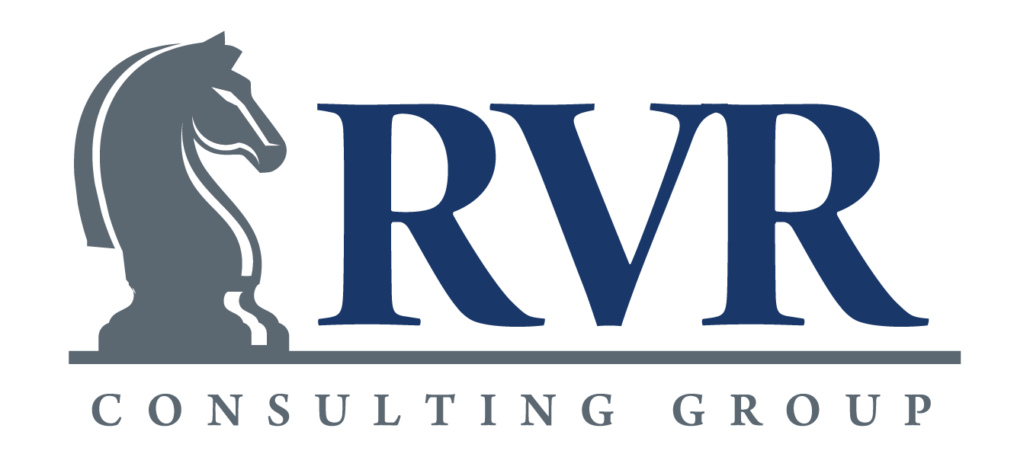Small Business Guide: Planning Your Path Back from COVID-19
Part 1: Restarting Your Business
This is the first of a two-part series on priority steps for small and medium-sized businesses to successfully emerge from COVID-19 shutdowns. Part 2 addresses “Returning to Profitability.”
While ramping back up from COVID-19 will certainly look different for each business, we have identified several common vulnerabilities smaller businesses will be facing, as well as how to address them. Identifying these vulnerabilities will improve the speed and effectiveness in which you achieve financial strength and stability.
Whether you are looking at exit plans, growth plans or something in between, there are three common “pain points” businesses will want to address:
- What is my financial outlook?
- How will I know when things are getting better?
- How will I manage my labor?
To identify and rectify these pain points, you will need to:
Take a Realistic Look at Your Current Financial Health
What: Conduct financial stress testing to identify critical financial vulnerabilities to ensure you are prioritizing valuable, limited human and financial resources on what is most critical to delivering financial health and goals.
How: Identify a range of economic scenarios off of your current state (baseline) and the impact of these scenarios on your P&L, Balance Sheet and Cash Flows to determine where and to what degree you are most vulnerable. This will set expectations for best- and worst-case scenarios.
Why: We are entering an unprecedented period of both uncertainty and volatility. Assessing your new baseline and understanding the impact of potential barriers to volume, costs, and price will help you quickly prioritize the requirements needed to stabilize your current financial situation and actions required to pave the way for growth.
Revisit Your Data and Metrics Needs
Did you have a realistic understanding of your business performance prior to COVID-19 impacts? Are you able to gauge how performance has changed since?
What: It is more critical than ever to establish which data and metrics will provide the best insight into performance and forecasts, in addition to the frequency in which they are monitored. A defined metrics plan will provide visibility into:
- Where the business has been
- Where it is heading
- Whether something is going wrong or right
- Whether or not the business is on track to meet targets
How: Determine your critical key performance indicators (KPIs) and the data required to track them. It is important that those tracking KPIs understand the expected outcome of these metrics, as well as how they can be influenced and affected.
There is no shortage of software applications to help automate your business performance tracking. Start by finding one that helps you best visualize and “dashboard” the most important aspects of your business (e.g., tracking cash flow) in addition to supporting different data sources.
Why: It is not unusual for companies to set a metric and discover that, on an individual or combined basis, their processes, tools, or person running it cannot generate the data they need. This only reinforces the need to put rigor into establishing the right KPIs and metrics up front. While this could mean some investment is required, be clear as to how much the business will benefit from using the specified metric before spending money.
Update Your Workforce Plan
What: Given the likelihood that we will not experience “business as usual,” take the time now to determine what workforce practices should continue post-crisis (e.g., new policies for working and gathering remotely). Work with your team to conduct a skills inventory of your workforce’s current capabilities, as well as the skill gaps that need to be filled to put you in the optimal position to reach your goals.
How: To effectively update your workforce plan, you will need to work to identify which areas of your business you need to focus on by answering the following questions:
- What skills sets will I need more and less of moving forward?
- Which skill sets are critical for my core employee base, and what capabilities or functions can be provided by an external resource?
- How can alternative workers add flexible capacity to the organization? Consider hybrid/flexible/fractional or temporary solutions.
- Are there benefits of upskilling your current employee base as a solution to skill gaps?
- What infrastructure will be required to support these changes (e.g., if more work will be done remotely, what are the HR/IT/Legal/security implications)?
- Am I effectively communicating changes in expectations?
Last but not least, it is import to ask yourself how to best address the employees’ well-being:
- Are they confident about their own safety?
- Do they understand the connection to what will likely be new business performance metrics and their individual performance level expectations?
- What messages and commitments can the organization make regarding compensation, job security, performance management, and promotions in the next few years?
Why: In a crisis, it is easy to focus only on the immediate and short-term situation but planning now can help accelerate recovery and enable your business to emerge stronger after the crisis passes.
Navigating uncharted waters is a step by step process since there is not a clear way out of the COVID-19 crisis. However, establishing a new baseline and understanding what is needed to stabilize your current financial situation, implementing the right KPIs and using them to track business performance, and reevaluating the way you manage your workforce will help you rectify some of your major pain points and achieve financial strength and stability.
By Jim Alessandro, Senior Consultant
RVR is helping numerous clients through the COVID-19 crisis. Please contact us if you are interested in discussing further.



